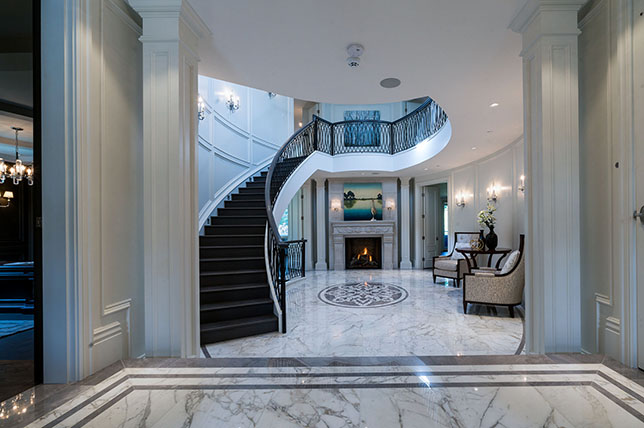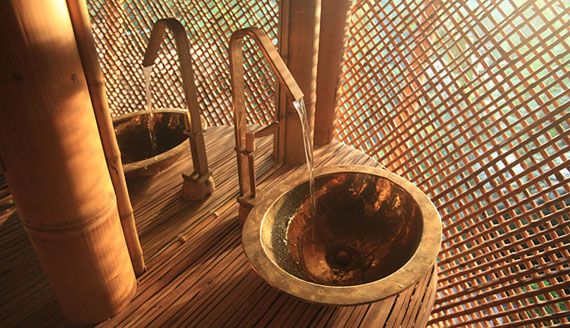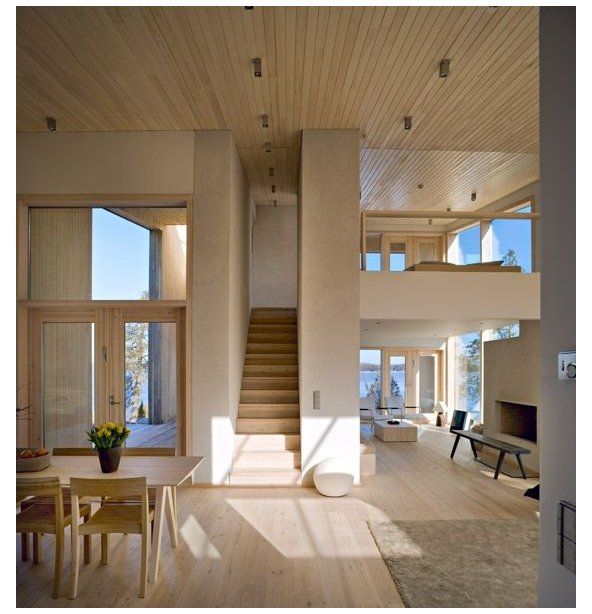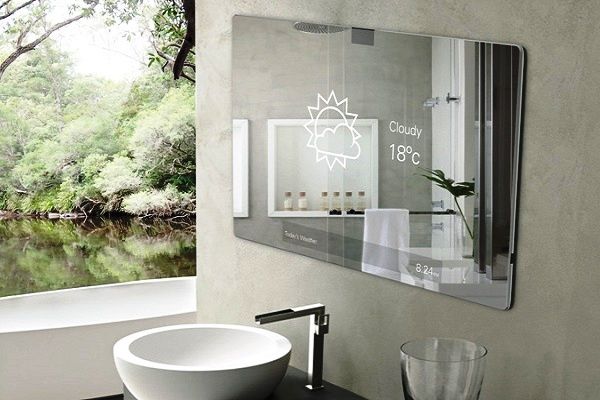By Michael Tobias
Responsibility for building sustainability rests primarily with architects and engineers who design and specify a variety of systems that reduce the environmental impact of building.
However, there has been an increasing demand for interior design to join other construction professionals in their global mission to make buildings, including our homes, sustainable.
To do this successfully, interior designers need to know the principles that support sustainable design. You also need to know how these principles should affect your choice of water and energy systems, the construction and / or installation methods you choose, and the materials you use.
Interior designers must also recognize that sustainable principles can be integrated into interiors without compromising design quality and aesthetics in any way. Sustainability does not have to affect individual style concepts, but can be successfully integrated into any good interior design scheme.
The importance of sustainability
Sustainability is a simple concept where we have to meet our current needs without affecting our future needs or the needs of the entire planet.
Those who work in the construction industry, including architects, those who do HVAC, plumbing, or electrical Engineering servicesand interior designers often do not know how easily they can have a positive impact on many environmental problems through their design decisions.
Interior designers in particular often work on residential and renovation projects. By simply being able to choose materials and finishes with care, and opting for environmentally friendly lighting and appliances, they are ideally positioned to make decisions that help them reduce CO2 emissions.
Simple design decisions include choosing recycled content, avoiding endangered hardwood when using wood, and avoiding the use of paints and sealants that contain volatile organic compounds (VOC).
When renovating buildings, interior designers can also suggest effective ways to upgrade energy and water systems that generate energy savings and lower energy consumption.
If you find that building sustainability has the potential to cut CO2 emissions by 30% to 50% without causing significant cost increases, you will realize how important sustainability is. The good news is that it’s really easy to get to, especially for dedicated interior designers.
How to take a sustainable approach
One of the challenges for interior designers is the fact that many people have prejudices about sustainable interiors and expect them to have a rustic eco-style and a typical “green” look. But nothing could be further from the truth. There is absolutely no reason why sustainable interior design shouldn’t be completely modern and even avant-garde. Even natural, traditional materials can be used in a fresh, new way to achieve a beautifully contemporary or uniquely different look.
Unfortunately there are many interior designers who do not take sustainability into account when designing beautiful interiors.
To pursue a sustainable approach, designers need to fully understand the generally unsustainable nature of building and the enormous environmental problems associated with it. You must also be aware of the fact that there are restrictions and therefore compromises often have to be made. There is not always a perfect solution to a design problem, and occasionally certain sustainable measures may not be 100% feasible. When interior designers are forced to work in a team, other team members can create obstacles that make sustainable decisions difficult.
When interior designers strive for a sustainable approach, they need to understand the ramifications of their design decisions. The reality is that the effects of many projects only start after the handover, when the building is used. For example, water and energy are always needed to operate and maintain houses and other buildings. Harmful chemicals are widely used for cleaning and even decorating and renovating. It is inevitable that there will be a certain amount of waste during the use of the interior, and even more if it is out of date or considered to be out of date. It is therefore important for every interior designer to understand the impact of a project’s life cycle and to take responsibility for its consequences.
Eliminating the waste concept and designing it to ensure that no waste is generated is a good start. The life cycle of the project and the products and systems used for it are of crucial importance. Therefore, the interior designer must evaluate every possible effect that the creation of a beautiful interior will have, from the raw materials to the installation and beyond. It is equally important to consider how the interior should be used and maintained and what will happen when it is no longer needed.
An unsustainable life cycle is basically a linear model that starts with raw material these are manufactured, then transported to where they are needed second handand finally sent to Landfill. In contrast, a sustainable life cycle forms a closed cycle. So it starts with raw material these are manufactured, then transported to where they are needed and second handthen they are recycled. In addition, they are procured sustainably.
Of course, sustainability is only one element of a design project and must be appropriately considered in accordance with other project-specific factors, regardless of whether they are the responsibility of the designer, architect or a professional offer technical solutions in Chicago, New York, Toronto or in the city where you live or work.
However, if an interior designer takes a sustainable approach to materials, construction, energy and water and doesn’t compromise aesthetics or other design issues, the project is likely to be an overall success.
Michael Tobias is the founder and director of New York engineers, an Inc 5000 fastest growing company in America that also has offices in Chicago. He leads a team of more than 30 mechanical, electrical, plumbing and fire protection engineers from the company’s headquarters in New York City and has more than 1,000 projects in New York, New Jersey, Chicago, Pennsylvania, Connecticut, Florida, Maryland, USA , headed. and California, as well as Singapore and Malaysia. He has a passion for sustainability and is a LEED AP.
 TopsDecor.com Home Decor Ideas
TopsDecor.com Home Decor Ideas







